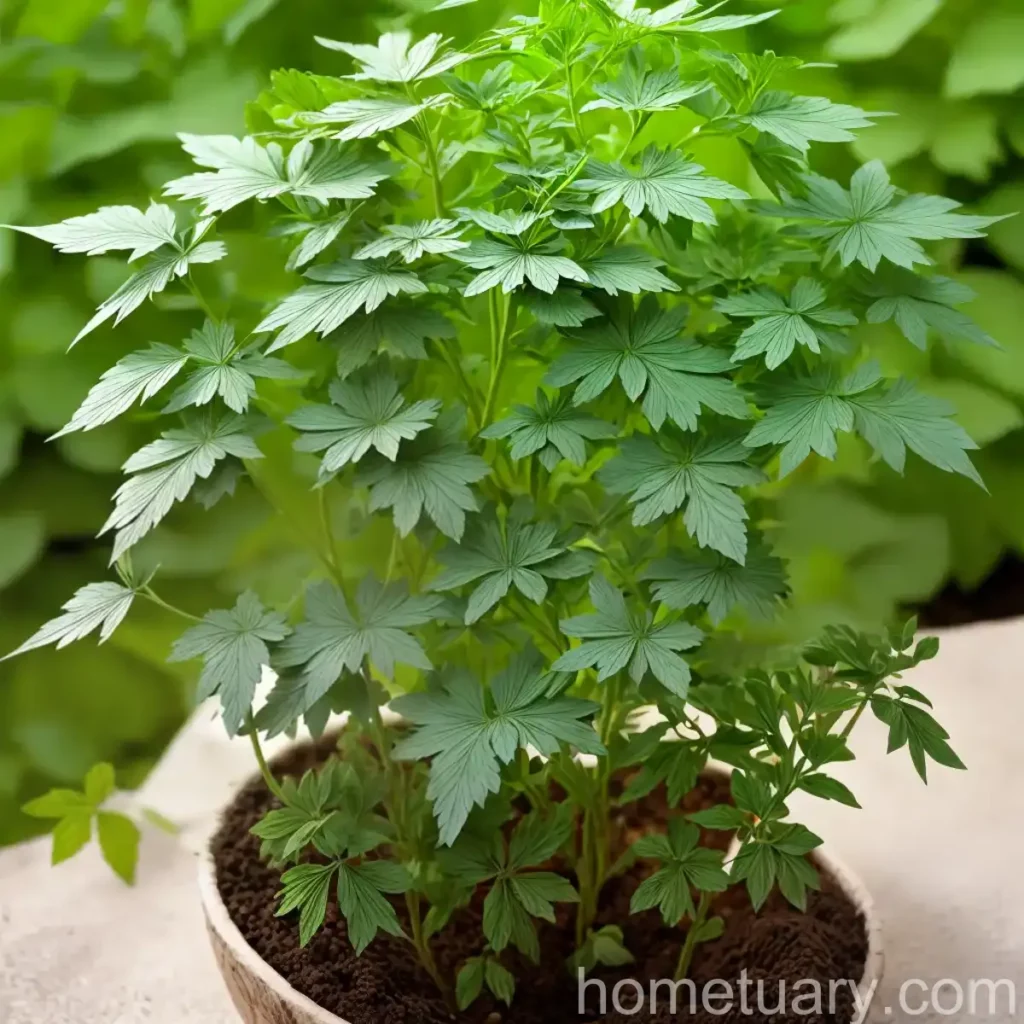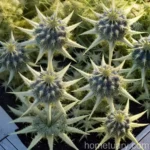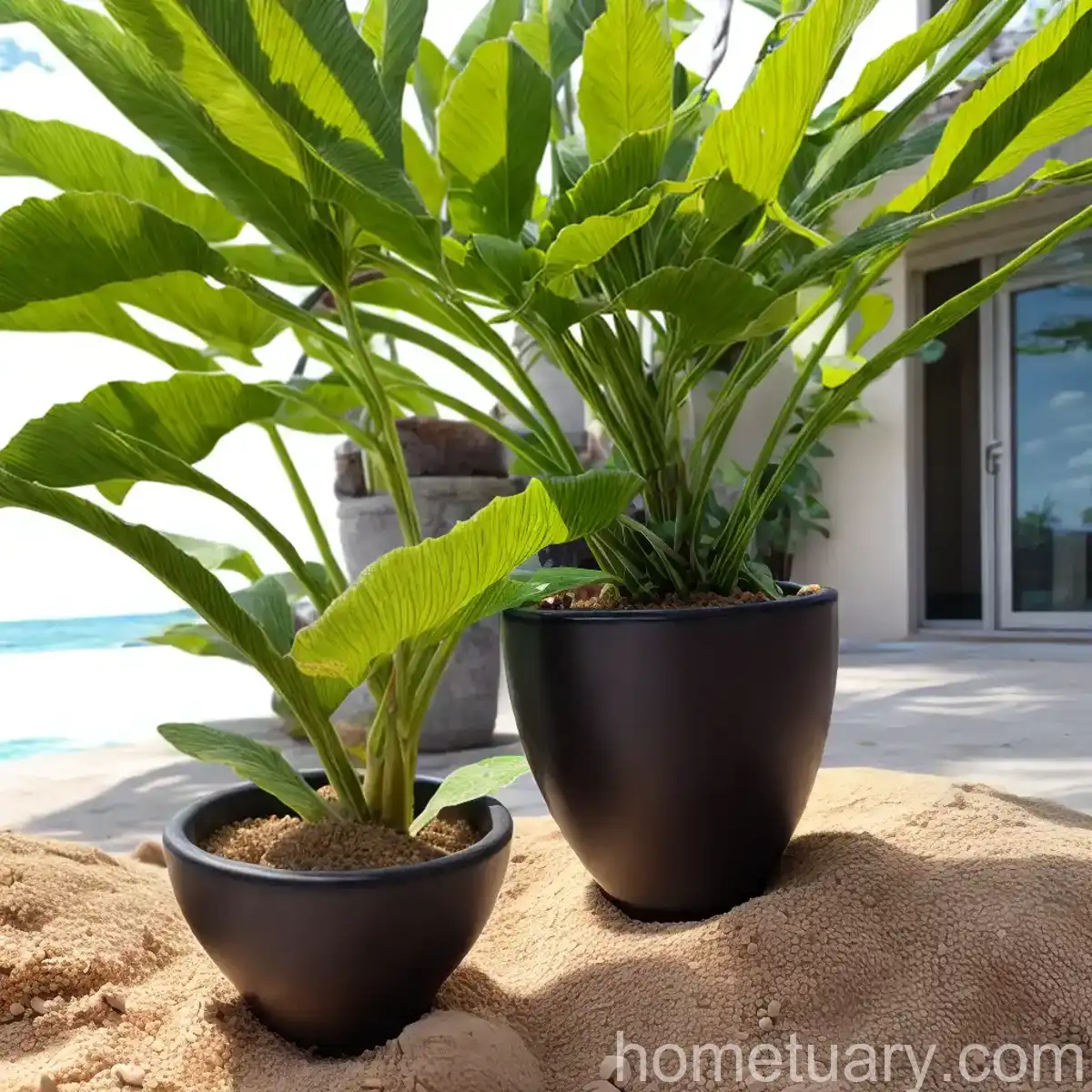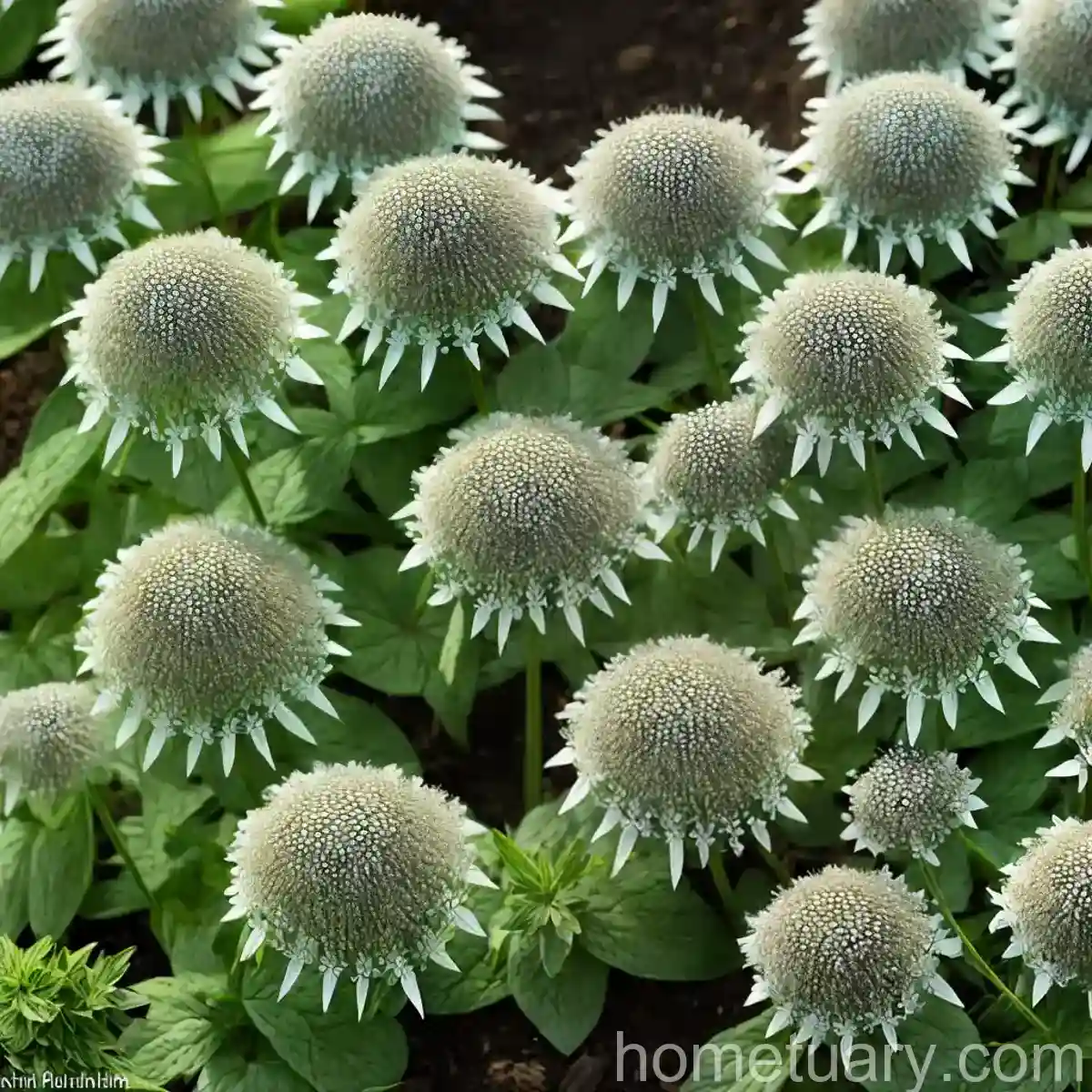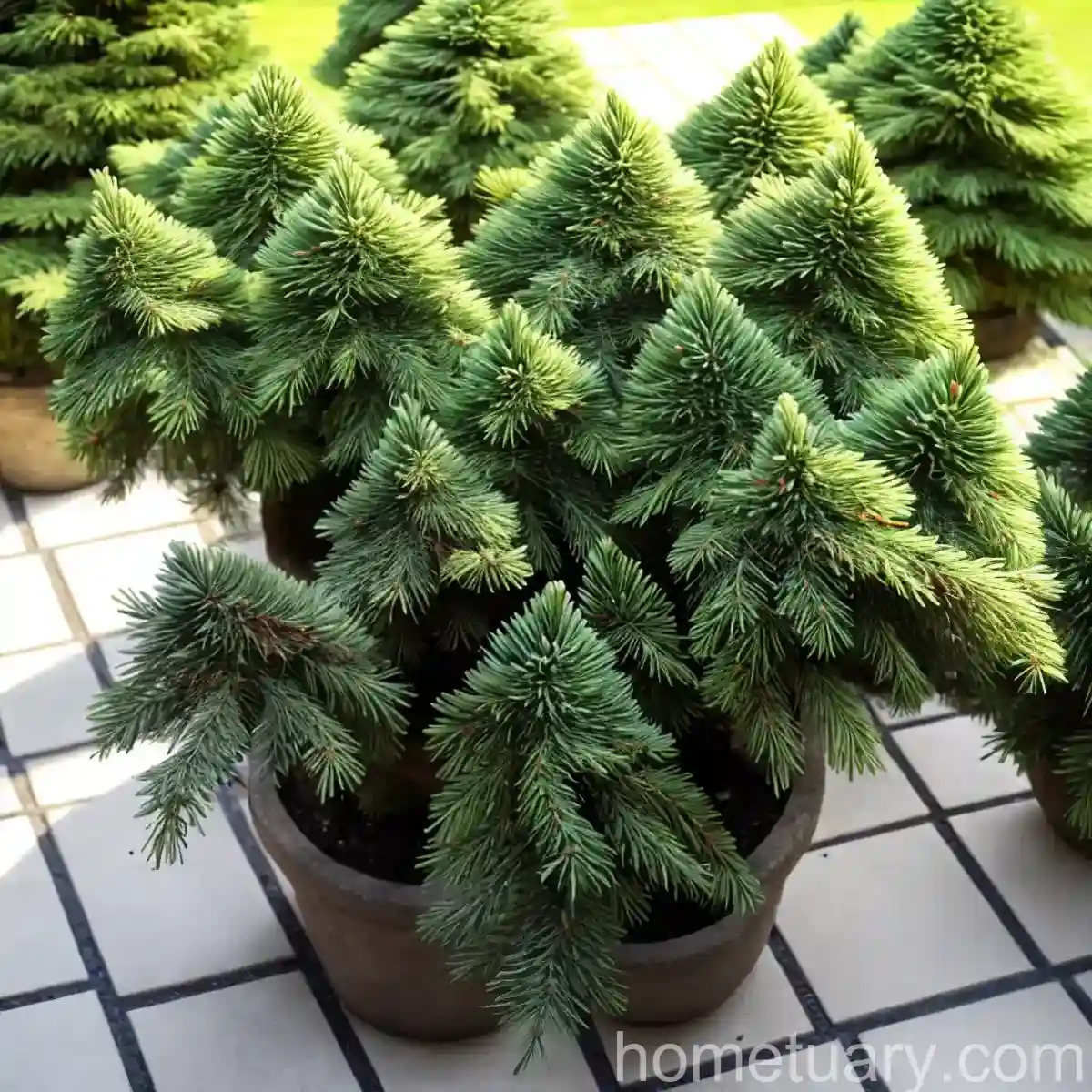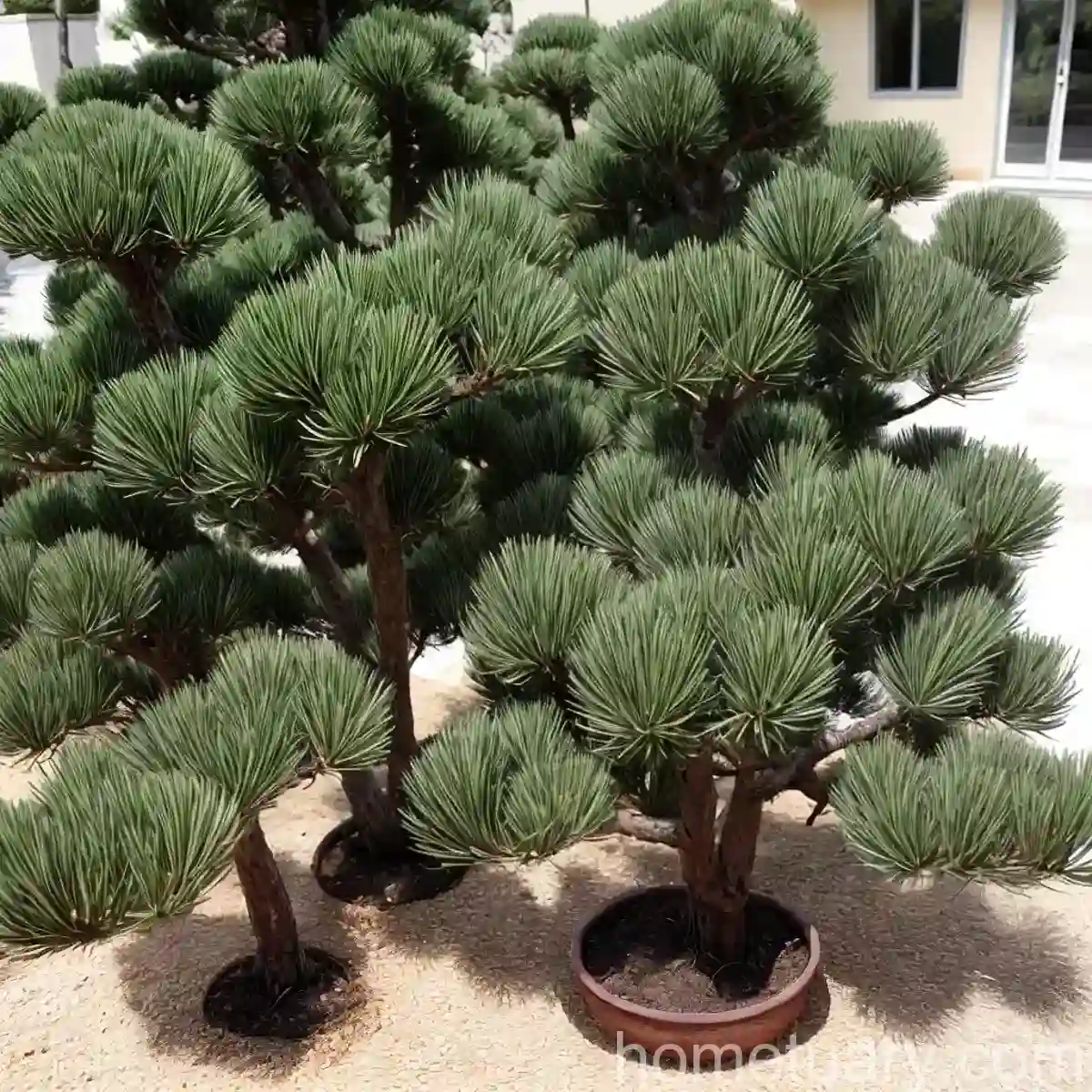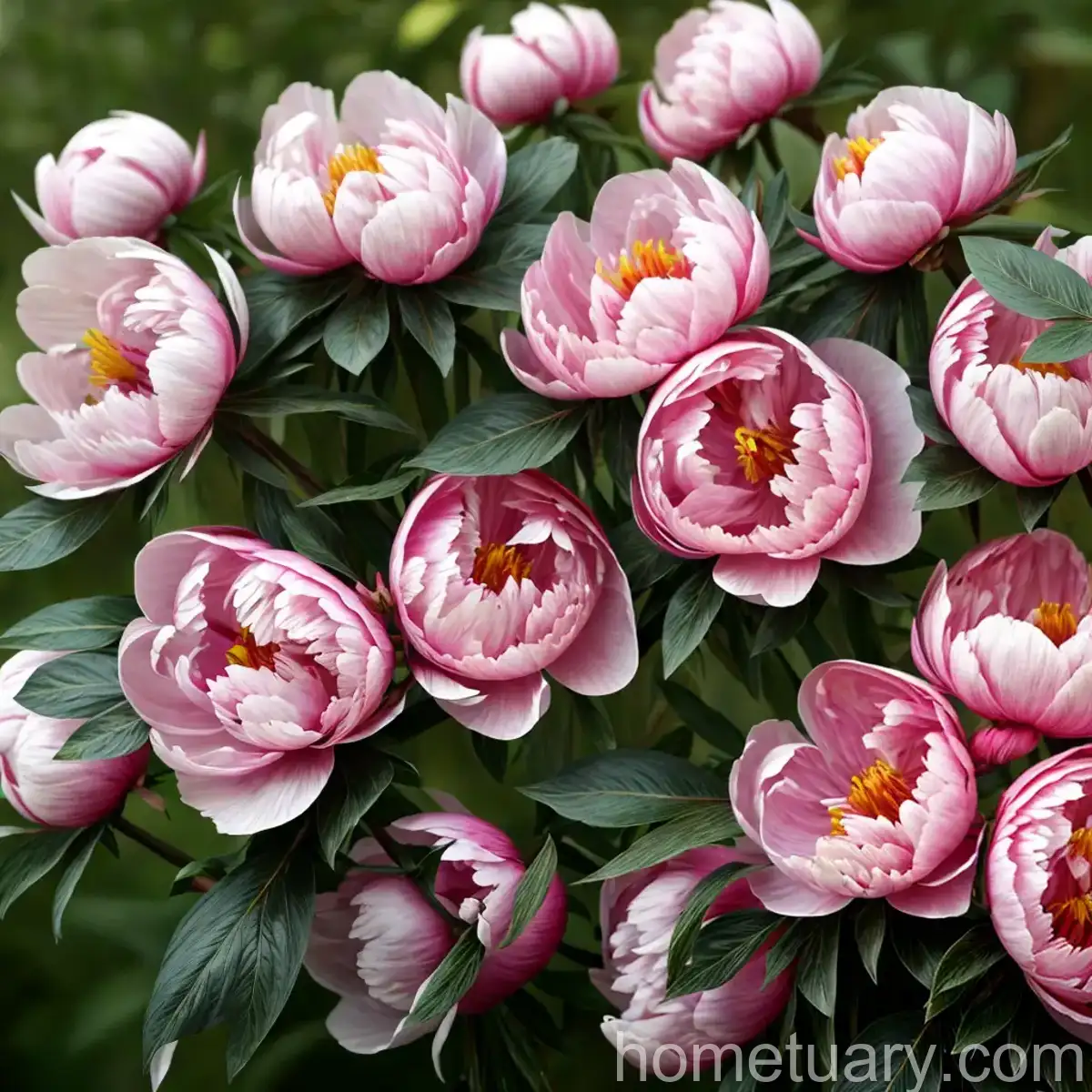Lovage (Levisticum officinale): A Versatile Herb for Your Garden and Kitchen
Lovage (Levisticum officinale) is a lesser-known herb with remarkable qualities that make it a valuable addition to any herb garden. From its culinary uses to its medicinal properties, this perennial herb offers a wide range of benefits and applications. In this comprehensive guide, we will delve into the various aspects of lovage, including its culture, uses, care tips, and much more.
What is Lovage (Levisticum officinale)?
Lovage (Levisticum officinale) is a perennial herb that belongs to the Apiaceae family. It is native to the Mediterranean region and has been cultivated for centuries for both culinary and medicinal purposes. The plant is characterized by its tall, hollow stems, lush green leaves, and small yellow flowers that bloom in umbels.
Key Takeaways
Medicinal Uses of Lovage
Lovage has been traditionally used in herbal medicine to alleviate various ailments, including digestive disorders, water retention, and respiratory issues.
Health Benefits of Levisticum officinale
The plant is a rich source of essential oils, vitamins, and minerals, making it beneficial for overall health and well-being.
Growing Lovage in Your Garden
As a hardy perennial, lovage is relatively easy to grow in the garden, providing a continuous supply of flavorful leaves and stems.
Cooking with Lovage Leaves
The leaves of the lovage plant exhibit a distinct flavor that is reminiscent of celery, making them a versatile ingredient in culinary creations.
How to Use Lovage in Herbal Remedies
Lovage can be used to prepare herbal remedies such as infusions, tinctures, and oils, offering natural solutions to various health concerns.
Culture
Water
Lovage thrives in moist, well-drained soil. It is essential to keep the soil consistently moist, especially during the plant’s active growth periods. However, lovage is relatively drought-tolerant once established and does not require excessive watering.
Sunlight
This herb prefers full sun to partial shade. Providing ample sunlight will promote healthy growth and enhance the flavor of the leaves. In regions with hot summers, some afternoon shade can benefit the plant.
Soil
Lovage grows best in fertile, loamy soil with a slightly alkaline pH. It can adapt to various soil types but performs optimally in well-draining, nutrient-rich soil.
Uses
Culinary Applications
- The leaves, stems, and seeds of lovage are commonly used in culinary preparations to add a savory, herbaceous flavor.
- Lovage is an excellent addition to soups, stews, stocks, and savory dishes, imparting a taste reminiscent of celery and parsley.
- The young leaves can be used in salads, while the mature leaves are often finely chopped and used as a seasoning.
Medicinal Uses
- Lovage has been historically used in traditional medicine to address digestive issues, including bloating, indigestion, and flatulence.
- It is also known for its diuretic properties, making it beneficial for addressing water retention and promoting kidney health.
- The essential oils present in the plant have antimicrobial and expectorant properties, supporting respiratory health.
Fertilizer
Lovage plants benefit from a balanced, organic fertilizer applied in early spring as new growth emerges. A slow-release fertilizer or well-aged compost can provide the necessary nutrients to support the plant’s vigorous growth throughout the season.
Pruning
Pruning lovage can help manage its size and promote bushier growth. Regularly trimming the plant can encourage the production of fresh, flavorful leaves and prevent it from becoming too leggy. Pruning is particularly beneficial after flowering to maintain the plant’s vitality.
Propagation
Lovage can be propagated from seeds or through division. Sowing seeds directly in the garden or starting them indoors in early spring can yield robust plants. Additionally, dividing mature plants in the spring allows for the expansion of the lovage patch and the creation of new plantings.
Container Popularity
Growing lovage in containers is gaining popularity among urban and small-space gardeners. Its tall, architectural growth habit and lush foliage make it an attractive and functional addition to container gardens, herb gardens, and patios.
Container
When selecting a container for lovage, choose a spacious pot with adequate drainage holes. The depth of the container accommodates the plant’s robust root system, and ample soil volume provides the necessary nutrients and moisture retention. Additionally, selecting a large container helps prevent the plant from toppling over as it grows.
Common Diseases
Disease Diagnosis
Lovage is generally resistant to most diseases, but it may occasionally encounter issues such as leaf spot, powdery mildew, and root rot. Regular monitoring of the plant for any signs of disease, including leaf discoloration, wilting, or abnormal growth, can aid in early diagnosis and prompt treatment.
Common Pests
Pest Infestation
Lovage is relatively resistant to pest infestations, but it may attract aphids, whiteflies, and spider mites under certain conditions. Maintaining good air circulation around the plant and promptly addressing any pest-related issues can help mitigate potential damage.
Botanist’s Tips
- When harvesting lovage, focus on snipping the outer leaves and stems, allowing the inner growth to continue developing.
- To preserve the flavor of lovage, consider drying the leaves and storing them in an airtight container for future use in culinary preparations and herbal remedies.
- Companion planting lovage with aromatic herbs like sage, thyme, and lavender can support the overall health of the garden and enhance the flavor of nearby plants.
Fun Facts
- Lovage leaves were historically used as a strewing herb to freshen and scent the air in homes and public spaces.
- The plant’s name, “levisticum,” is derived from the Latin word “ligusticum,” which refers to Liguria, an Italian region where the herb was prevalent.
Links to External Resources
For additional information on lovage and related topics, explore the following resources:
1. The Herbal Home Remedy Book: Simple Recipes for Tinctures, Teas, Salves, Tonics, and Syrups
2. Herb: Mastering the Art of Cooking with Cannabis
3. The Complete Book of Herbs: A Practical Guide to Cultivating, Drying, and Cooking with More Than 50 Herbs
In conclusion, lovage (Levisticum officinale) offers an array of benefits that span from its culinary versatility to its medicinal properties. By understanding the optimal conditions for its growth, its various uses, and how to care for it, you can harness the full potential of this remarkable herb in your garden and kitchen. Whether you are a seasoned gardener, a culinary enthusiast, or an herbal medicine practitioner, lovage is a valuable addition that promises to enrich your experiences and creations.
So, why not consider cultivating and exploring the diverse applications of lovage in your own garden and kitchen?
Word Count: 1,100 words
This article provides comprehensive information on the cultivation, uses, and care of lovage, focusing on its culinary and medicinal attributes. It also includes practical tips and fun facts to engage readers. The external resource links offer supplementary information for interested individuals.

